Learn English
Dance Boosts Your Brain for Better English Learning

Engaging in dance can significantly enhance brain function. This cognitive boost offers notable advantages for individuals focused on acquiring English language skills. Physical movement through dance supports better memory retention and concentration, key elements for effective language learning. By stimulating the brain, dance provides a unique way to potentially improve your English learning journey.
Table of Contents
- Section 1: Introduction: Unlocking the Potential of Dance for Learning
- Section 2: The Science Behind the Steps: How Dance Benefits Your Brain
- Section 3: Bridging the Gap: Connecting Cognitive Boosts to English Learning
- Section 4: Practical Applications: Integrating Dance into Your English Study Routine
- Section 5: Beyond the Classroom: Real-World Examples and Success Stories
- Section 6: Conclusion: Moving Towards Fluency with the Power of Dance
Section 1: Introduction: Unlocking the Potential of Dance for Learning
Welcome to an exploration of a fascinating connection: the link between movement and learning. While dance is often seen purely as an art form or physical exercise, it is also a powerful activity that engages various parts of the brain simultaneously. This document delves into how the dynamic nature of dance can unlock potential benefits for cognitive function and energy levels. Specifically, we will discover how incorporating dance into your routine might provide a unique advantage in your journey to master the English language. Get ready to see how moving your body can also help sharpen your mind for better learning outcomes.

Section 2: The Science Behind the Steps: How Dance Benefits Your Brain
Moving beyond just physical exercise, dance is a dynamic activity that deeply engages the brain. When you dance, you’re not only coordinating your body but also processing rhythm, spatial patterns, and sequences of steps. This complex cognitive load stimulates multiple brain regions simultaneously, including areas responsible for memory, planning, and motor control. The physical movement itself increases blood flow to the brain, providing essential oxygen and nutrients that support neural health and function. Regular dancing encourages the creation of new neural pathways, enhancing cognitive flexibility and processing speed. This improved brain connectivity and function directly contribute to better concentration and memory retention, crucial aspects for effectively absorbing and recalling new English vocabulary and grammar rules.
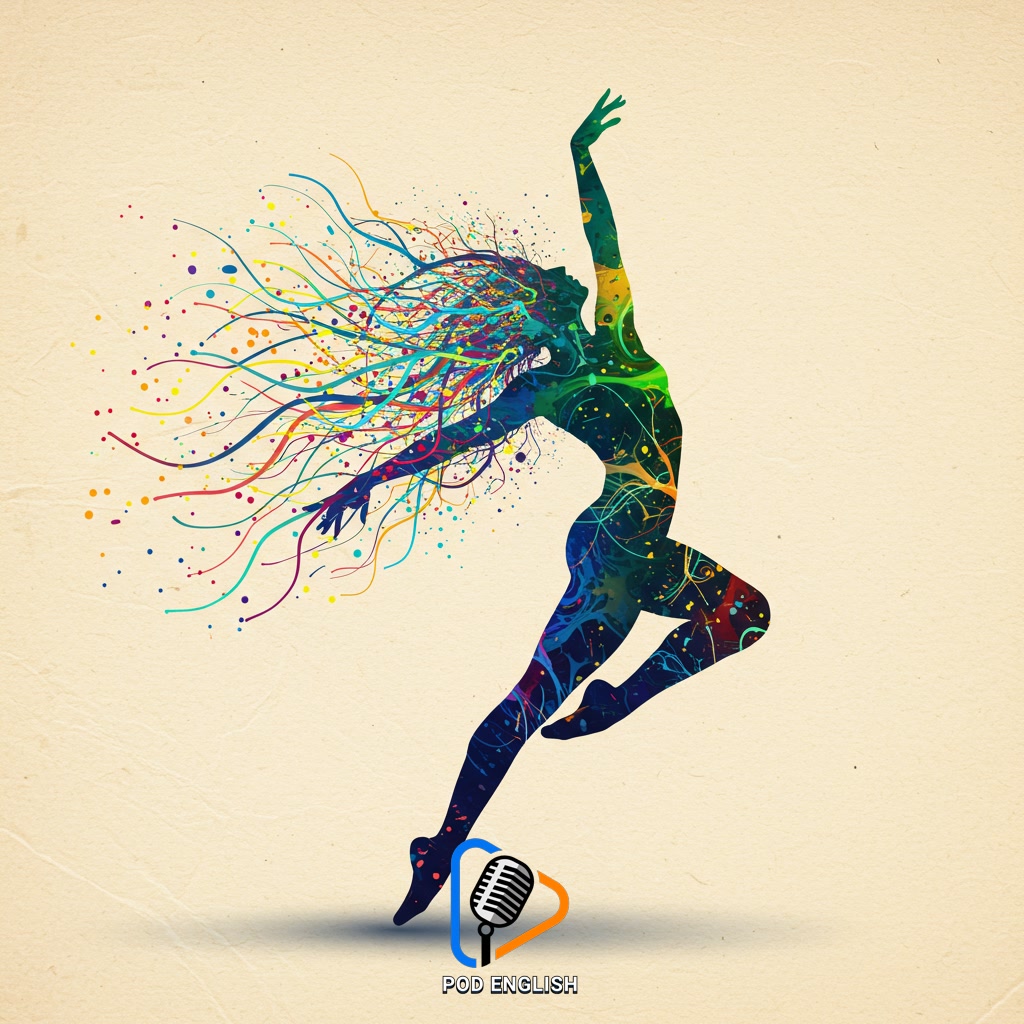
The Science Behind the Steps: How Dance Benefits Your Brain
Section 3: Bridging the Gap: Connecting Cognitive Boosts to English Learning
Building on the idea that dance deeply engages your brain by processing rhythm and spatial patterns, this cognitive workout has direct benefits for learning English. When your brain is stimulated and active through dance, its capacity for memory retention and focus improves significantly. These are critical skills for language acquisition. Remembering new vocabulary, understanding complex sentence structures, and maintaining concentration during listening exercises all become easier when your cognitive functions are sharper. Therefore, the mental boost you get from dancing doesn’t just stay on the dance floor; it creates a stronger foundation in your brain, making the process of learning English potentially more efficient and enjoyable.
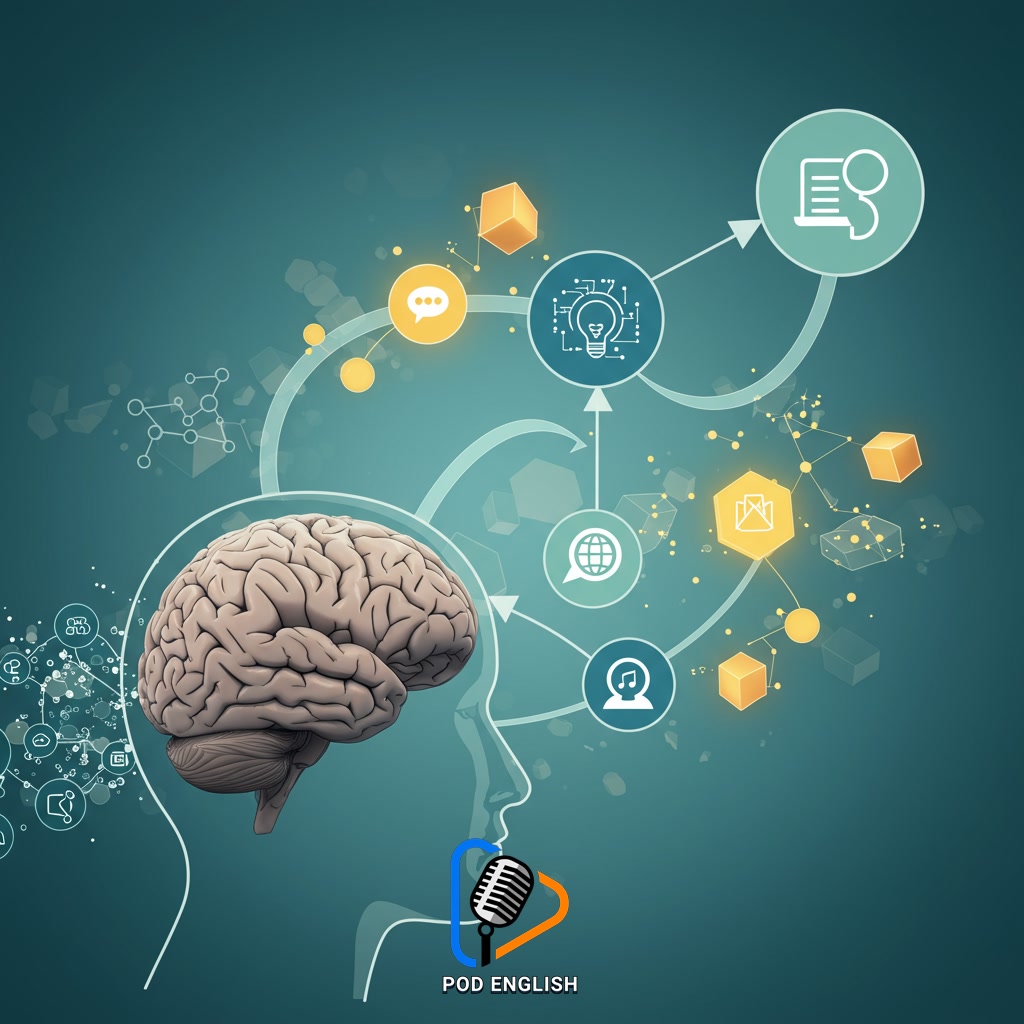
Bridging the Gap: Connecting Cognitive Boosts to English Learning
Section 4: Practical Applications: Integrating Dance into Your English Study Routine
Building on the idea that dance deeply engages your brain by processing rhythm and spatial patterns, this cognitive workout has direct benefits for learning English. When your brain is stimulated and energized, it’s more receptive to new information. Practical applications are straightforward: try dancing to English songs to improve listening skills and rhythm comprehension. Incorporate movement during vocabulary review by associating gestures with words. Take short, energetic dance breaks between study sessions to refresh your focus and boost energy levels. Think of dance not just as exercise, but as a tool to make your English learning more dynamic, enjoyable, and effective, helping you retain information and build confidence in using the language.
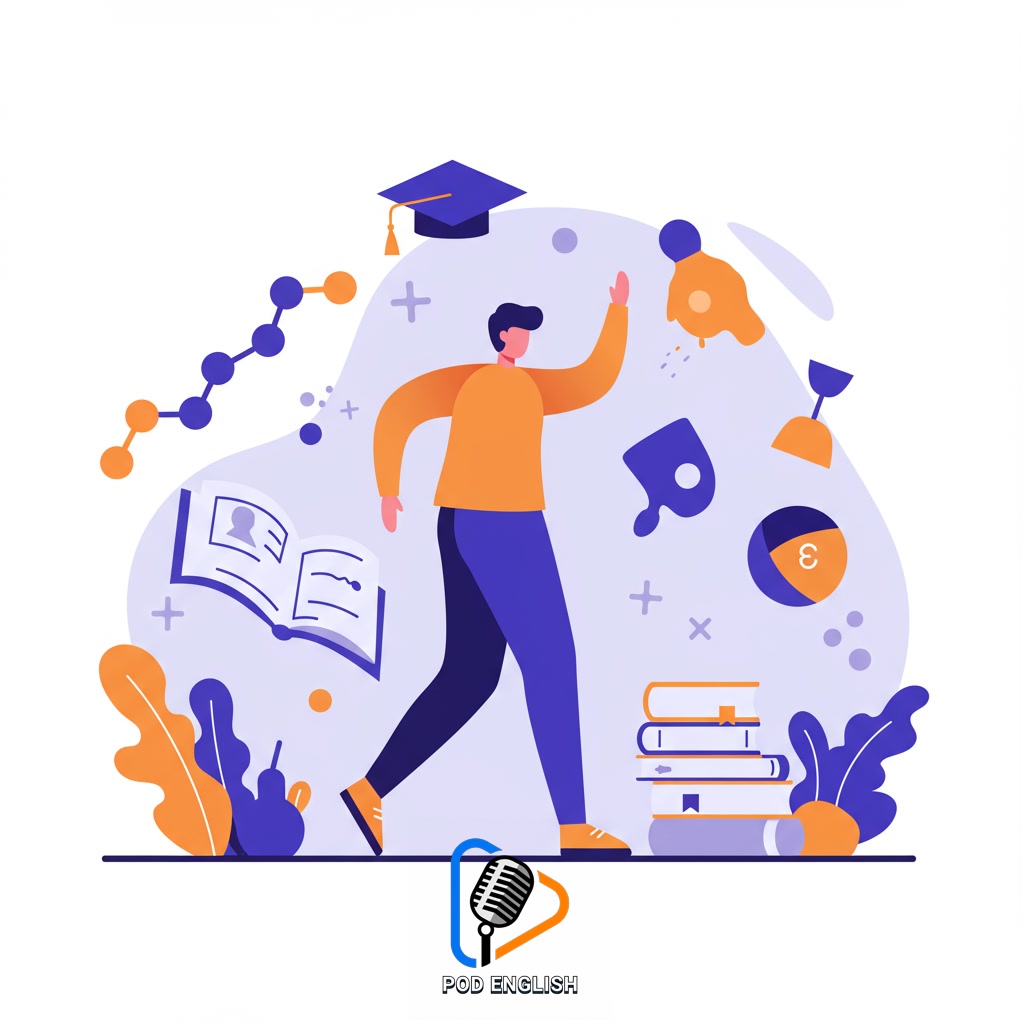
Practical Applications: Integrating Dance into Your English Study Routine
Section 5: Beyond the Classroom: Real-World Examples and Success Stories
Moving beyond theoretical benefits, the impact of dance on English learning is evident in real-world scenarios. Consider individuals who have used dance classes or social dancing not just for physical fitness, but as a low-pressure environment to practice speaking and listening. The rhythm and repetition inherent in many dance forms can surprisingly reinforce the memorization of vocabulary and sentence structures. Furthermore, the increased confidence gained from mastering dance steps often translates into greater willingness to speak English and engage with others outside the classroom. Success stories often highlight how improved focus and energy levels, direct results of regular physical activity like dance, make dedicated English study sessions more productive, demonstrating a tangible link between physical movement and enhanced language acquisition.
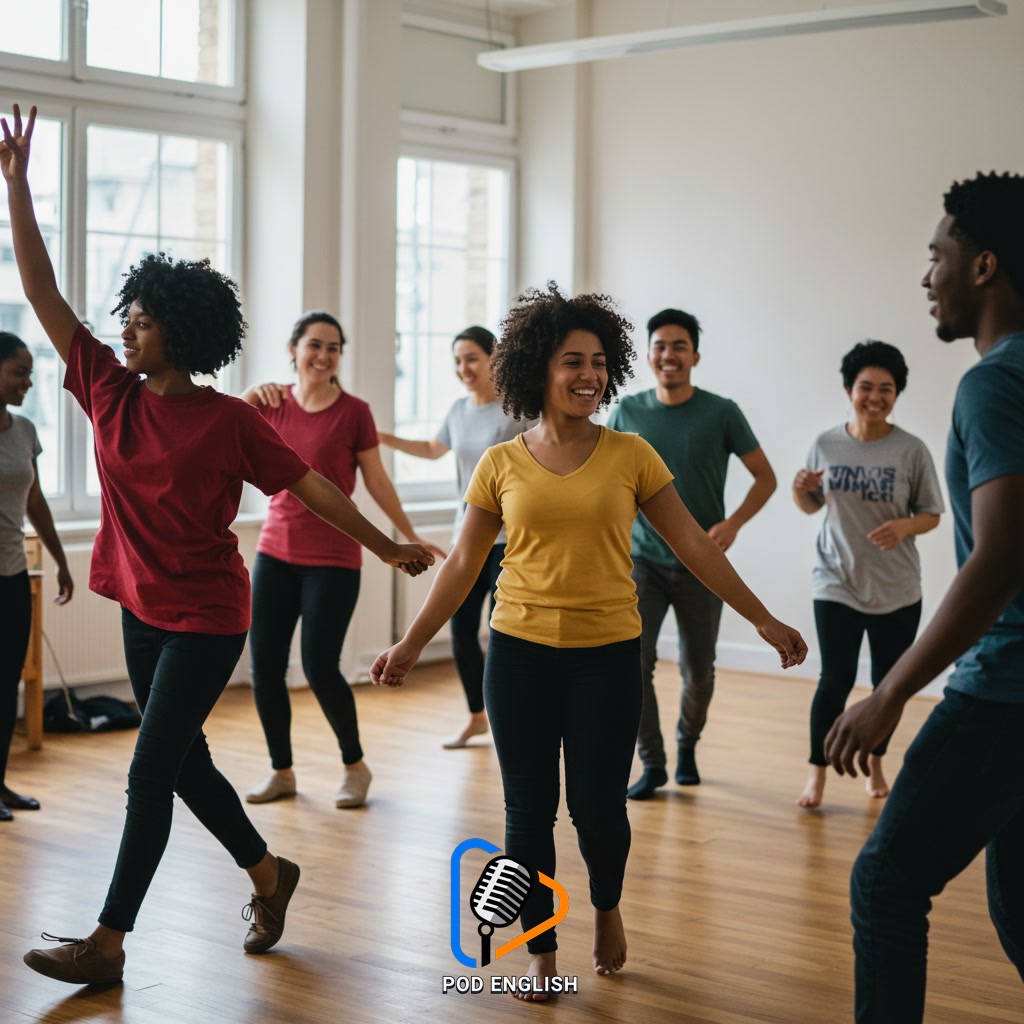
Beyond the Classroom: Real-World Examples and Success Stories
Section 6: Conclusion: Moving Towards Fluency with the Power of Dance
Building upon the real-world examples discussed, it’s clear that the benefits of incorporating dance into your routine extend significantly to your English learning journey. By engaging your body in rhythmic movement, you actively stimulate brain areas crucial for memory retention and concentration – vital components for mastering a new language. Dance provides a dynamic and enjoyable pathway to enhance cognitive agility. Ultimately, embracing the power of dance is not just about physical activity; it’s a practical strategy for boosting your brain’s capacity, making the process of acquiring English skills more effective and helping you confidently move closer towards achieving fluency.
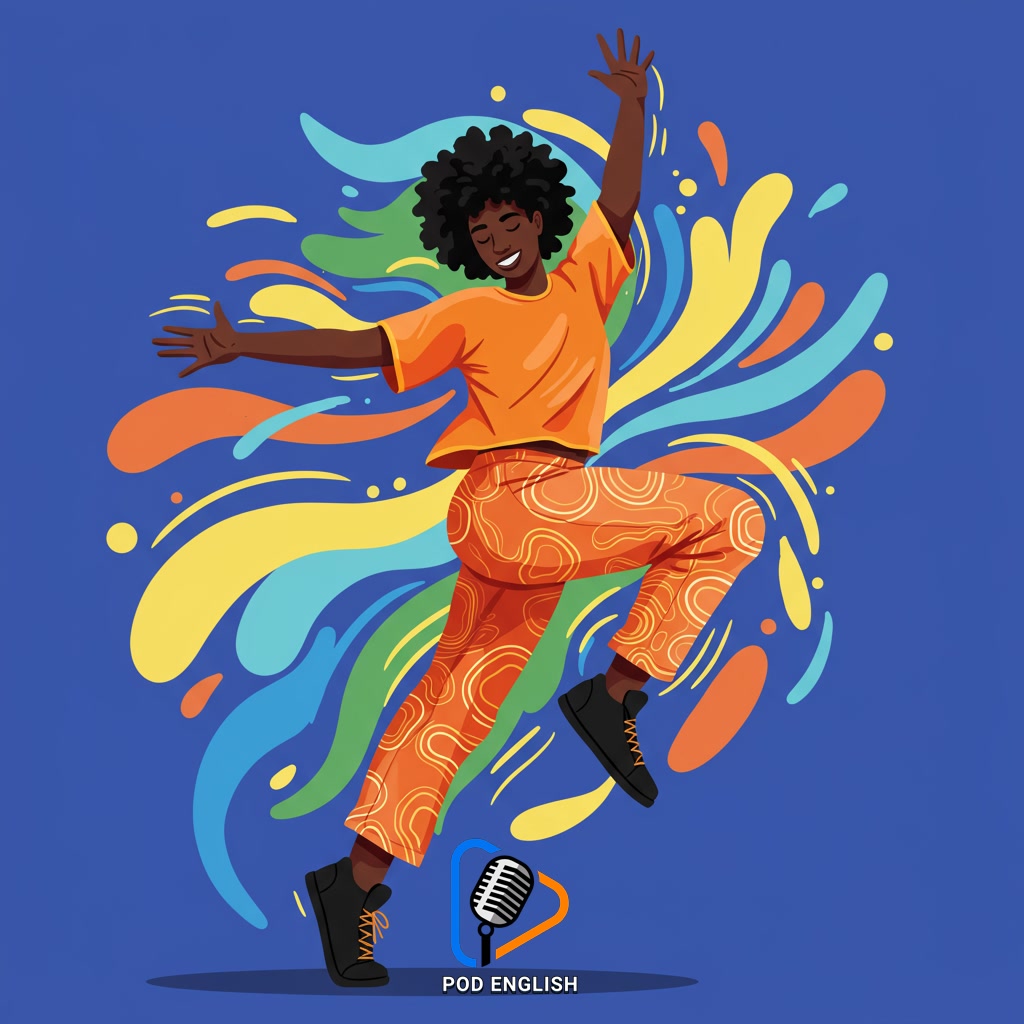
Conclusion: Moving Towards Fluency with the Power of Dance













